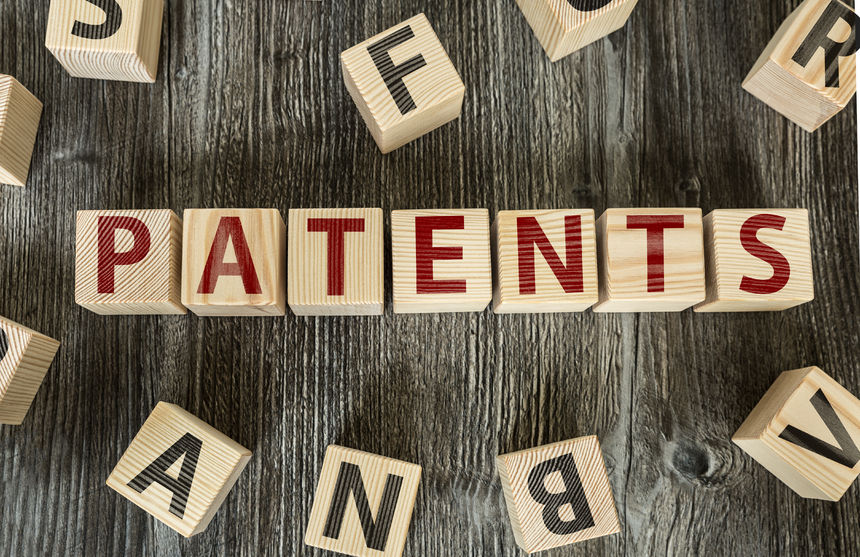Overview
The United States Patent and Trademark Office (USPTO) has released inventorship guidance related to AI-assisted inventions, seeking to address some of the questions that have arisen with the rapid development of AI. Here are the highlights. 
Inventors Must Be Natural Persons
Preliminarily, the USPTO points out that, in 2021, the Federal Circuit affirmed two USPTO decisions that had rejected petitions to name an AI system an inventor in a patent application in Thaler v. Hirshfeld. The court found that, under U.S. patent laws, an inventor must be a natural person. However, according to the USPTO, this does not categorically prohibit AI-assisted inventions themselves, making innovators and legal professionals question what role AI could practically play in the patent system.
Making "Significant Contributions"
Under its recent guidance, the USPTO explains that, for an AI-assisted invention to be patentable, a natural person, serving as the inventor, must make a significant contribution to each claim of the patent. Determining whether a "significant contribution" has been made is not a new inquiry — the USPTO, attorneys and courts have been undergoing this analysis for years when considering joint inventorship. However, adding AI into the equation muddies the waters and poses the question — how can an inventor make a significant contribution if their invention relies on the output of the AI system?
The USPTO guidance recognizes that such analysis will present obstacles and that there is "no bright-line test" to apply. However, a list of informative principles may serve as a guide:
- The fact that an AI system is used in creating an invention does not negate a natural person's contributions.
- Conception is more than recognizing a problem, setting a general goal, or developing a research plan. In other words, an inventor who presents a problem to an AI system has not made a significant contribution to an invention identified from the output of such system.
- Recognizing, appreciating, and reducing AI output into an invention does not constitute inventorship.
- Developing "an essential building block from which the claimed invention is derived" may, however, constitute a significant contribution. For example, an individual who designs, builds or trains an AI system to find a particular solution to a specific problem may be an inventor.
- Ownership or the act of overseeing an AI system does not, in and of itself, make an inventor.
Staying True to the Purpose of the Patent System
While unanswered questions remain, the recent USPTO guidance has made one thing clear: the true purpose of the patent system, which was designed "to encourage human ingenuity" (emphasis in the original), will prevail. As it applies to AI, the current goal is to incentivize AI-assisted inventions without "hindering future human innovation by locking up innovation created without human ingenuity."
What's Next?
There will undoubtedly be a flurry of litigation in the future regarding this new guidance and its impact on the inventorship analysis, stemming from questions as to whether certain steps constitute a significant contribution to the amount of credit the developers of AI systems should be given in relation to an AI-assisted invention. In the meantime, inventors should stay abreast of any and all guidance coming out of the USPTO and keep their attorneys well-informed as to the role AI plays in their inventive process.
You can read the full guidance from the USPTO on the Federal Register website.
